The post Camera Color Spaces Explained – sRGB vs Adobe RGB vs RAW appeared first on Digital Photography School. It was authored by Herb Paynter.

Your camera is probably able to capture color images in a variety of different color containers called “spaces.” These camera color spaces collect colors in one of several size light buckets labeled sRGB, AdobeRGB, and RAW.
Each bucket gathers slightly increased varieties of light, similar to the way Crayola crayons are packaged and sold in increasingly inclusive collections of colors; small, large, and jumbo.
Camera color spaces offer photographers a variety of different size boxes.
Camera color spaces

Scenes that include both brilliant colors and bright lighting are excellent candidates for capture with AdobeRGB color space.
F/3.5, 1/1000, ISO 400, Lumix G Vario 2.8, 35mm
A debate in the photo community usually arises over which camera color spaces to choose in the camera’s preferences. Some color spaces capture more of the hues and saturated colors than others. Pictures captured in one space may include more colors than another.
Each space is ideally suited for certain purposes, and the question of which camera color space to choose needs a bit of explanation. In addition to the capture question, choosing a color space for post-production editing will depend on the image’s ultimate usage.
Your camera’s color spaces involve not just color data, but additional parking space on the drive. Larger color spaces provide more bit-depth (explained below), which occupies more digital real estate on the memory card. So, the choice of which to use does have practical importance.
What camera color space to use
There is no singularly perfect color space choice, so let’s examine which is best for specific situations.

Images that do not include highly-saturated color but contain significant detail in the shadow areas will benefit from RAW format capture and high-bit processing. F/10, 1/1600, ISO 800, Lumix G Vario 2.8, 200mm
Unless the sole purpose of a photo is to display as a high-resolution digital image, you might want to convert the file’s original color space for a less demanding result. However, keep in mind that every time a file mutates from a larger color space to a smaller color space (RAW to AdobeRGB, or AdobeRGB to sRGB), the image’s color intensity and integrity may diminish in the process. Some imaging applications are less demanding than others.
While copies of digital files remain identical in size and intensity to the original regardless of how many times they have been copied, when a digital file mutates to a lesser color space, it will always lose some critical color information. Your camera color spaces in general, and device color spaces, in particular, are all unique. Each serves a particular purpose.

The extreme dynamic range and saturated skies benefitted from the RAW capture and editing in AdobeRGB. Detail buried in the shadows was possible because of the 14-bit capture. F/14, 1/300, ISO 3200, Lumix G Vario 2.8, 12mm
It’s a matter of depth
The difference between camera color spaces boils down to an issue called bit depth. Bit depth is a mathematical description of how many visible distinctions between shades of color can be recognized and reproduced by different devices (a techie term for scanners, cameras, computer monitors, and printing machines). Unfortunately, not all devices can reproduce all colors the same (which is the primary stumbling block amidst all color issues).
Every device reads and reproduces color using a different process. While this sounds like a fixable problem, there is a sad and unsolvable reality behind the problem. There are at least three different interpretations of color at play in every capture-display-print cycle.

These colorful seat cushions and deep shadows were captured in RAW format, edited in AdobeRGB, and saved in sRGB for upload to our camera club’s server for display as part of a club field trip slideshow. F/7.1, 1/320, ISO 400, Lumix G Vario 2.8, 19mm
First, cameras capture color by recording intensities of light as electrical signals and interpreting those signals as colors. Each color is assigned a specific number.
Second, these numbers are then sent to the computer. Here, they get translated into another process that interprets those electrical signals into a process that turns on tiny lights (called pixels) on a backlit screen.
And third, those pixels are then sent to a printing machine that instructs those pixel values to spit tiny splatters of colored ink onto paper.
It’s a very complicated process that color scientists have tried for years to make simple. Unfortunately, it just ain’t that simple!
Anyway, during this hair-on-fire digital transition, different methods are employed that utilize the various color spaces in a way that transforms the colors from one device to another as accurately as possible. Sometimes the color translations don’t convey the colors as accurately as we would like, which is why sometimes the monitor colors don’t match the printer colors.

Science uses charts like this to plot the characteristics of camera color spaces. While these charts are referred to as “theoretical” because they are not visible to the human eye but represent what each color “bucket” can capture versus what the eye can see.
The ultimate referee
The only comprehensive color space that plots the full scope of what the human eye can see is what the science community calls L*a*b* (inverted horseshoe diagram) space.
The human eye is the ultimate arbitrator in the color wars, and all device capabilities (camera, display, and printer) are defined by how they match up to the eye’s master gamut. This is why this strange horseshoe shape is referred to as the Reference Space. All other devices, whether camera, display, or printer, can only recognize and utilize portions of this “reference space,” and they usually disagree with each other.
Color is a very diverse and dysfunctional family. Each device speaks a different dialect of a similar language. Each produces colors that cannot be faithfully reproduced on other devices. Color is a very messy topic.

Crayola crayon boxes contain varying numbers of colors just as color spaces collect varying amounts of color. The lightest and darkest color crayons are the same value, but larger boxes contain more colors than smaller ones.
Some devices can express color more completely than others. Unfortunately, no device created by humans can reproduce all the colors that can be seen by humans. Also, the colors captured by one device that fall outside the gamut (Crayola box size) of other devices, get clipped, lost, or compressed during the handoff. Those colors never come back home.
This is the tragic truth about digital color reproduction. The trick to color reproduction is in retaining as much of the common color as possible during the process. Fortunately, this same human eye (and brain) are very forgiving about accepting the limitations of non-human devices.
Color reproduction is a true application of the law of diminishing returns and the visual science of physics. Photographers understand this law quite well.
Very rarely can a camera actually capture all the color and dynamics of an original scene. Moreover, nature’s color gamut extends even further than the colors that the human eye can identify. Any time a digital image gets transposed from one form into any another form, that transformation is a diminished-value exchange.
As an image is transferred from one device to another, those pixel values located outside the color gamut of the destination device always get lost in the translation. The object of color management is to mitigate color loss and maintain as much of the appearance of the original as possible, all the way through the reproduction process.
RGB spaces (sRGB, AdobeRGB, ProPhoto RGB)
It all begins with the camera’s color settings that are in place when you capture the scene. All cameras capture light through red, green, and blue filters (RGB color space). While there are a number of RGB color spaces to choose from, each sports a slightly different color gamut.

Each device in the photography chain interprets colors slightly differently, and each responds to the individual color spaces uniquely.
Each color space (sRGB, AdobeRGB, ProPhoto RGB, etc.) provides a unique collection of color attributes, and each space satisfies specific display and reproduction requirements.
Gamuts are descriptions of the range of colors that a device can recognize, record, display, or print.
Shooting a vibrant, saturated scene with the camera requires a larger color space. Using a camera color space with a smaller gamut could significantly diminish the raw, harsh emotion of the scene. This is why most photography experts encourage photographers to set their cameras to capture images in AdobeRGB.
sRGB
Almost all digital cameras are factory-set to capture colors using sRGB as the default color space for a plausible reason; most of the pictures we take never get printed! At best, we view them on computer monitors or social media. Quite honestly, most of the pictures we capture never make it past the initial glance at the camera’s LCD screen. Capturing those images in higher-bit color space is a total waste of disk space.

sRGB color space remains largely unchanged since it was defined in the 1950s to compress video images into a manageable size for broadcast. While the format has been updated slightly, the basic intent is the same.
sRGB was developed by HP, Microsoft (and others) back in the early days of television to address the color gamut needs of most televisions (early versions of computer monitors), and the standard was set long ago. The airwaves and Internet browsers live on an sRGB diet. As such, the sRGB color space standardizes the way images are still viewed on monitors and televisions.
Adobe RGB
If the ultimate destination for your picture is monitor or display-based presence (presentations, Internet, or television displays), this is probably the best choice to capture images. However, if you shoot for print on paper, both AdobeRGB 1998 and ProPhoto RGB RGB contain a wider gamut of colors and are thus more suited for preparing images for print.

The brilliant dynamics and saturated colors are always captured best in the deepest color bucket of all – RAW. The degree of adjustments provided by RAW capture and ProPhoto RGB editing is perfect for images like this. F/6.3, 1/800, ISO 400, Lumix G Vario 2.8, 26mm
RAW
Actually, the most ideal bucket for capturing images actually exceeds the gamuts of all three of these camera color spaces. I’m speaking of course of your camera’s ability to capture images in RAW format. This is a format that supersedes any defined color spaces.
RAW files capture color in the highest bit depth possible; up to 14-bits per color. RAW is not an acronym; it is more of a description. It is the recording of all the limited color depth and uncompressed dynamic range of the original scene. Start RAW and strip down from there.
Camera color spaces explained – Conclusion
Congratulations on sticking with this article through all the minutia.
By now, it probably seems like camera color space is more like outer space, but it doesn’t have to remain this technical. Simply remember to capture images in RAW format (perhaps in addition to capturing them as JPG) and then transform the colors down the chain of reproduction as the need dictates.
Edit images in the camera color spaces of ProPhoto RGB or AdobeRGB to retain as much color elbow room as necessary. Those images destined for print should be transposed to AdobeRGB, and reduce those images destined for the Internet or slideshows to sRGB. Simple, enough!
The post Camera Color Spaces Explained – sRGB vs Adobe RGB vs RAW appeared first on Digital Photography School. It was authored by Herb Paynter.
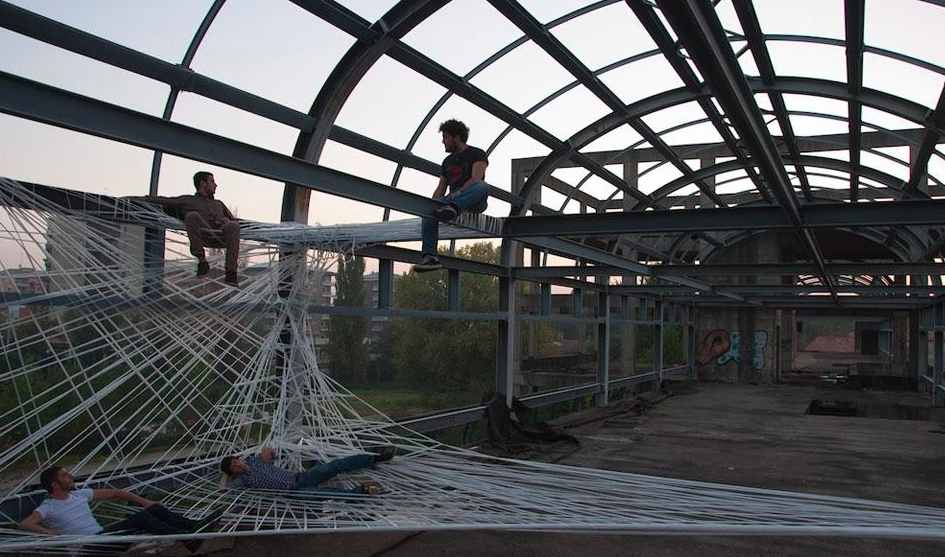
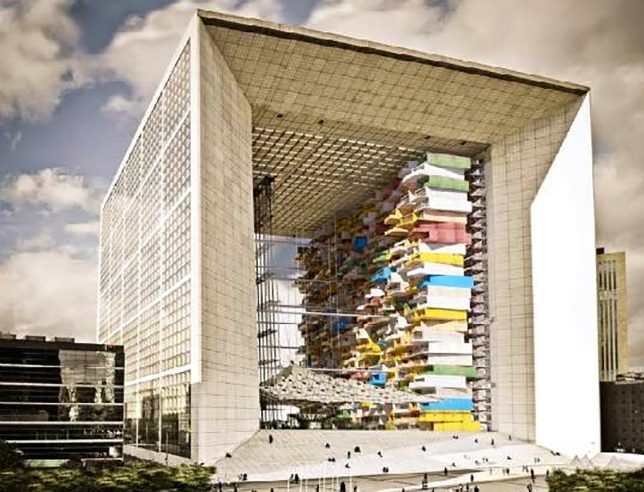
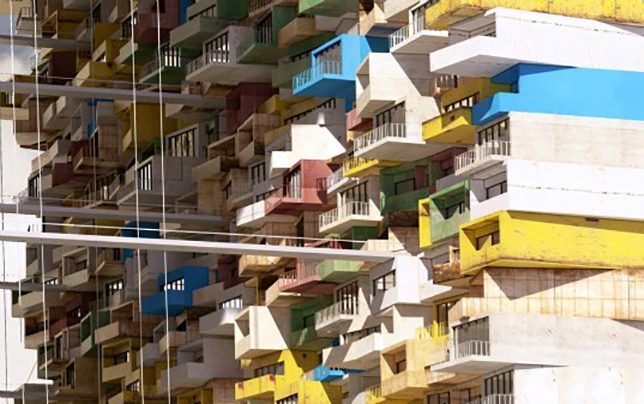
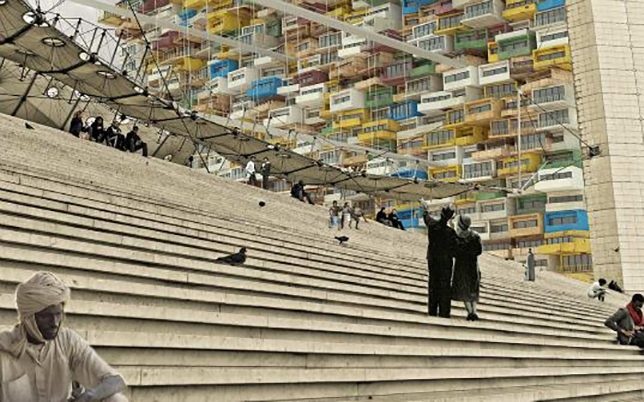
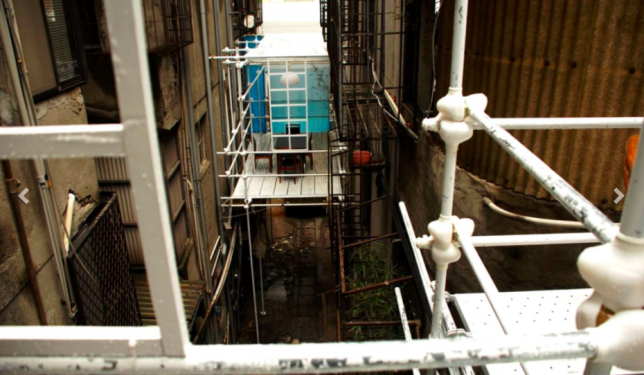
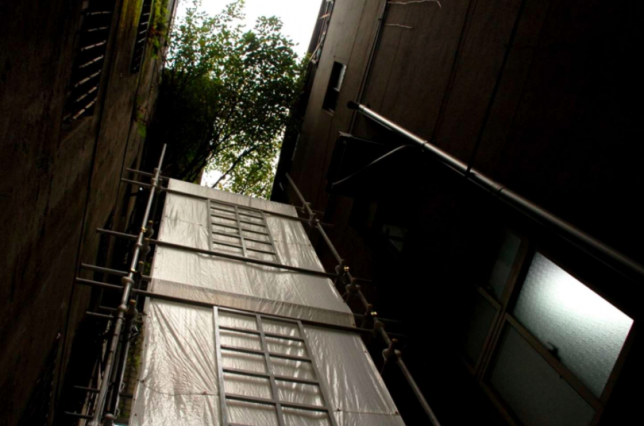
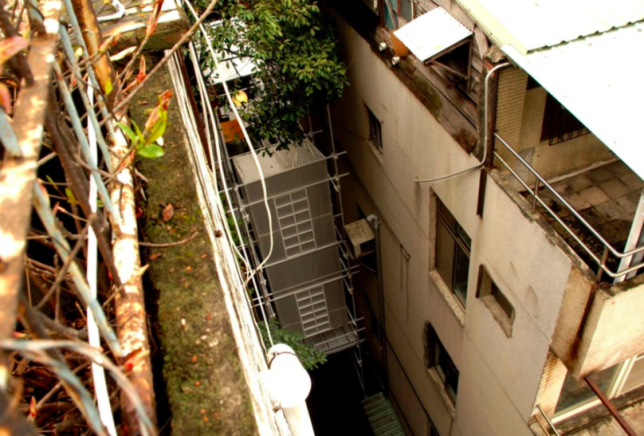


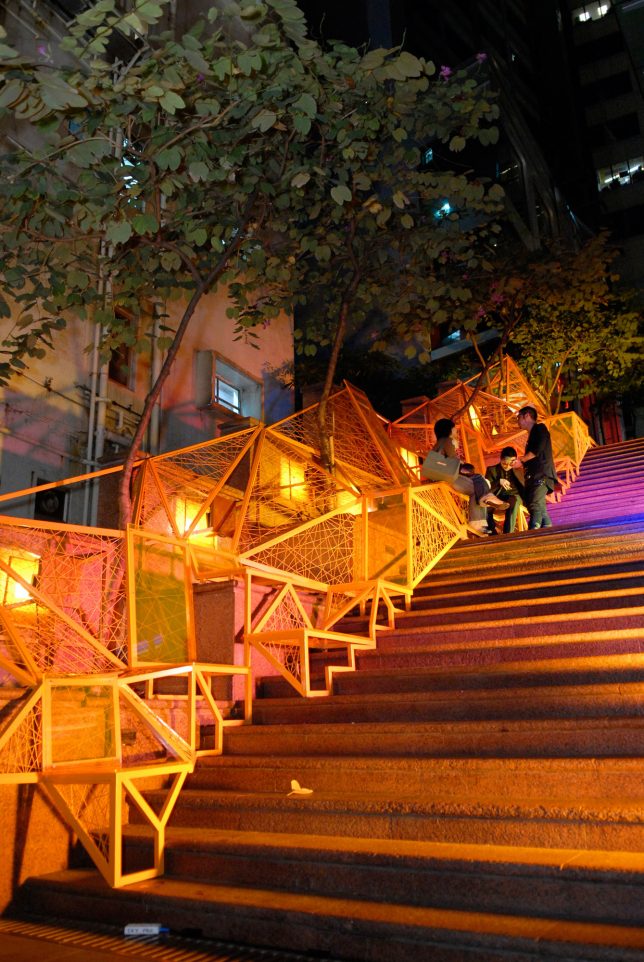
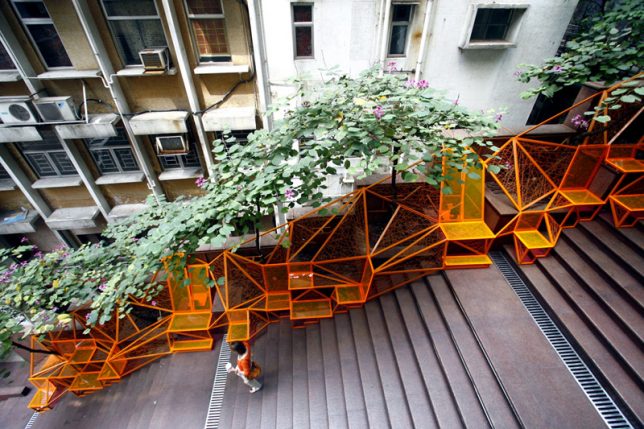
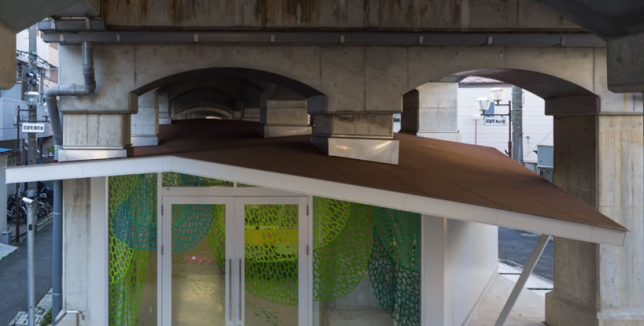
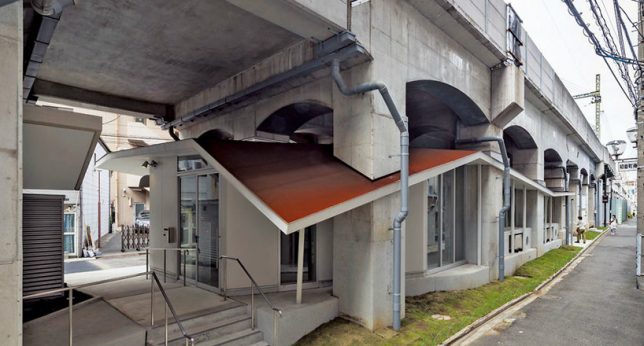




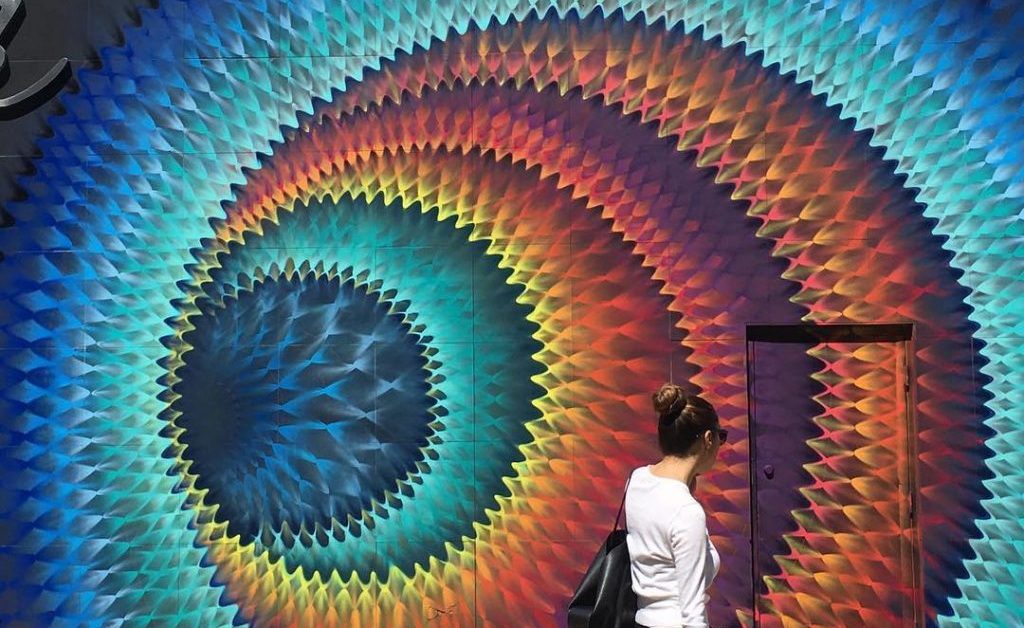
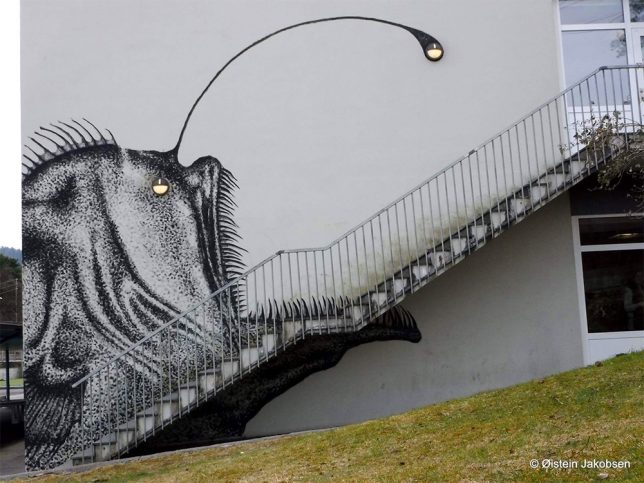

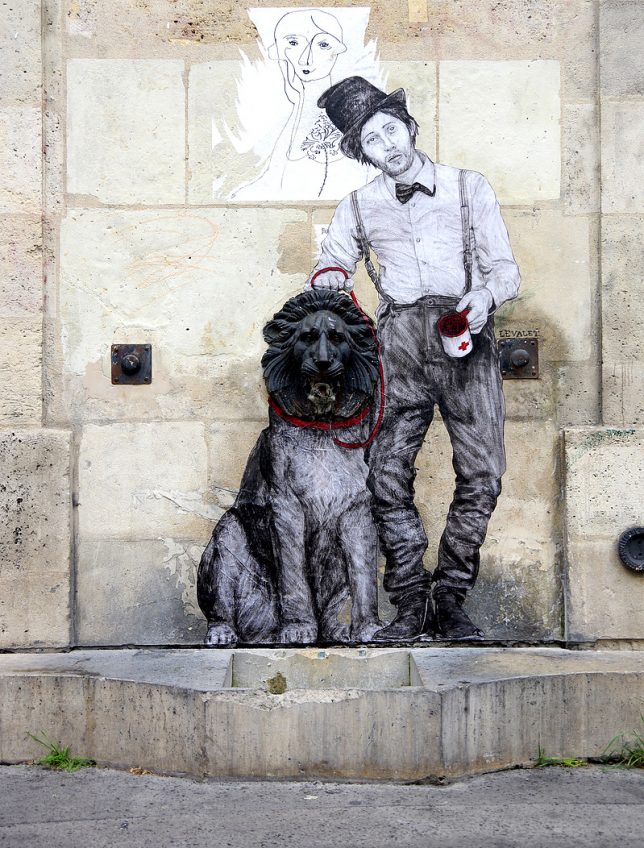
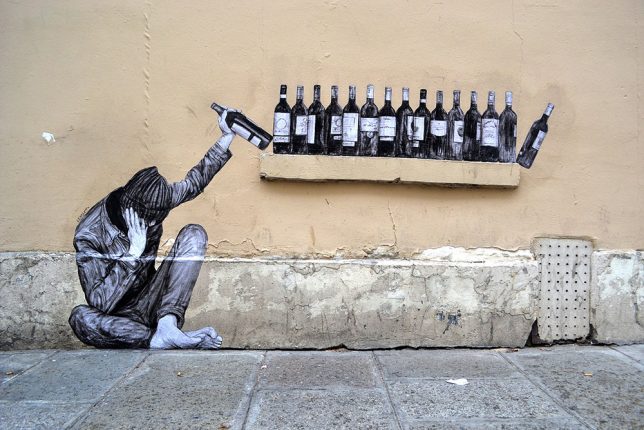
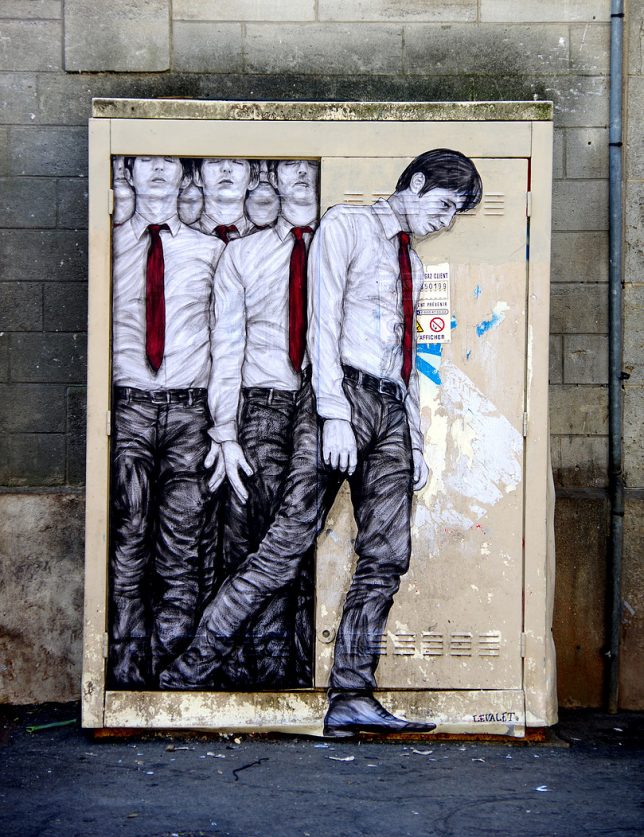
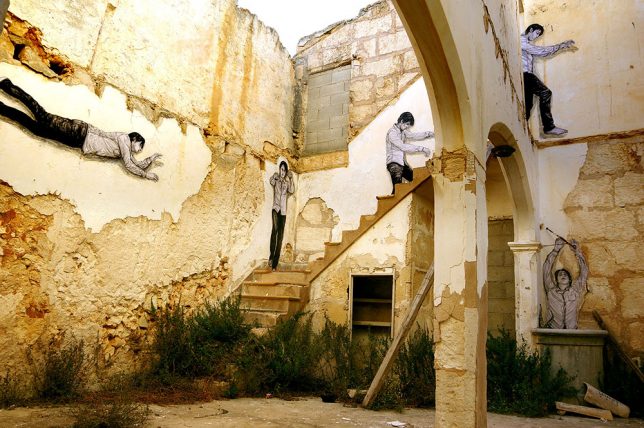
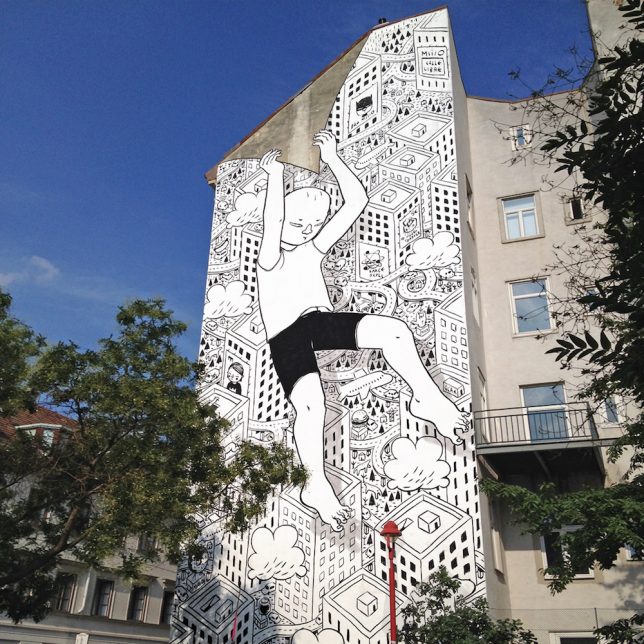
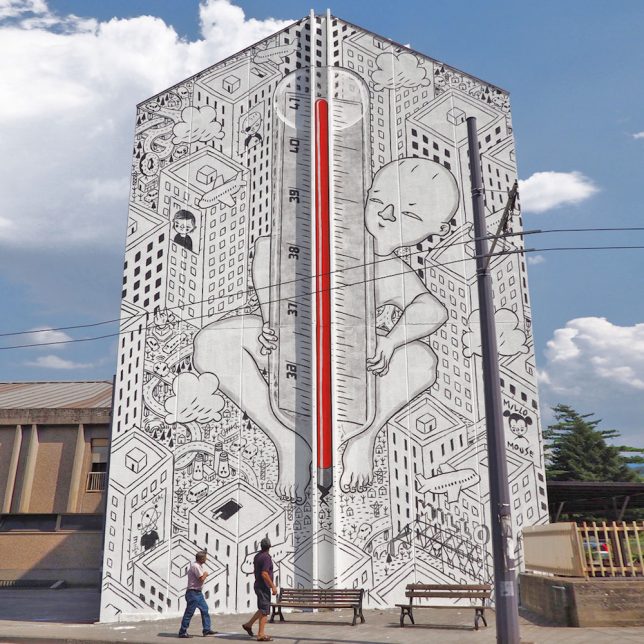
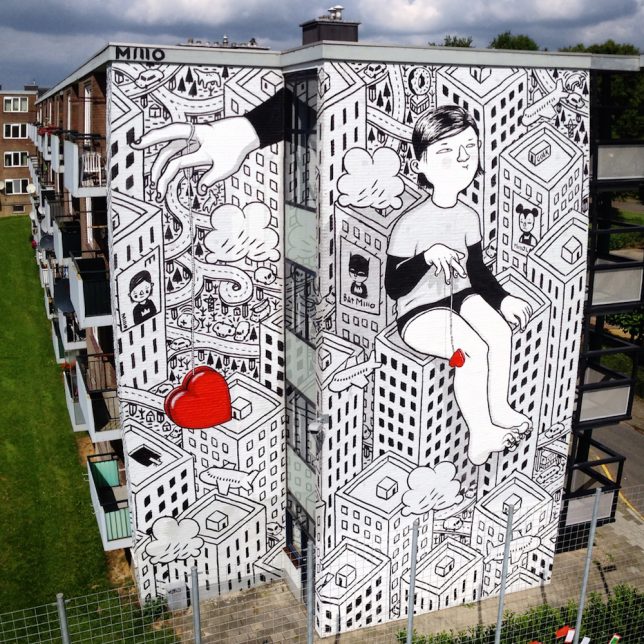
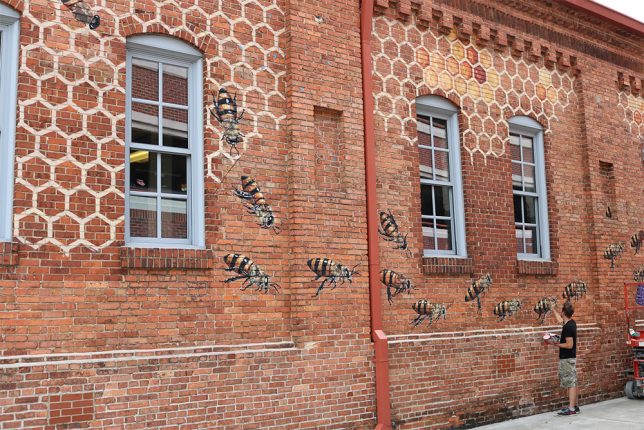
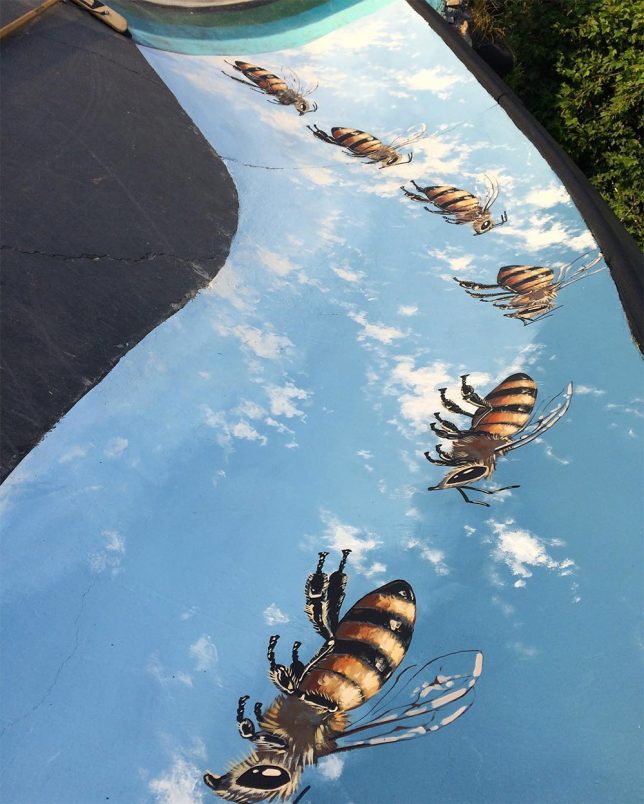
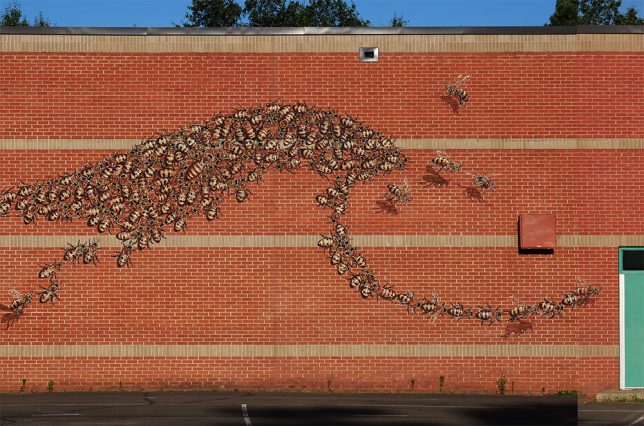
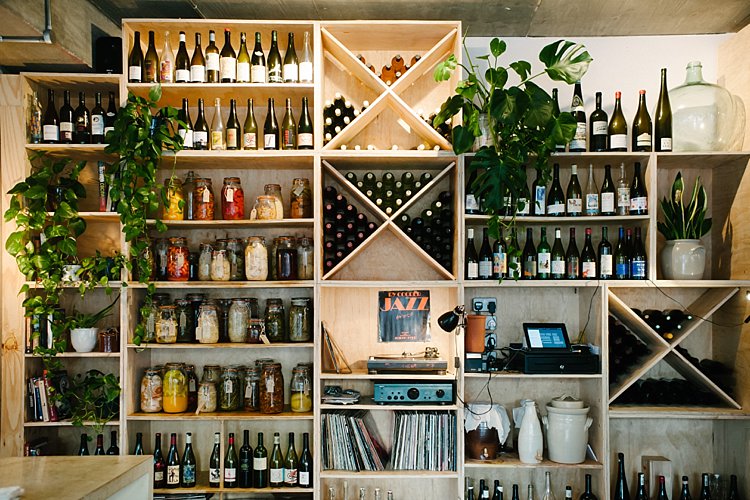
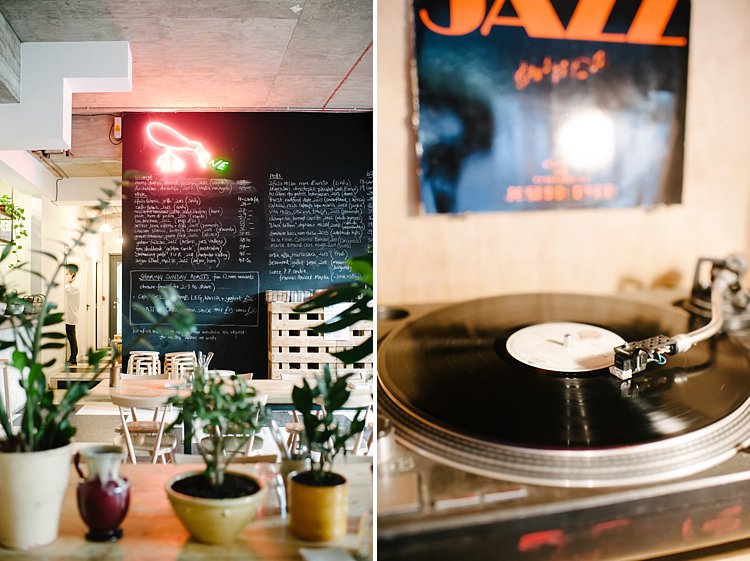
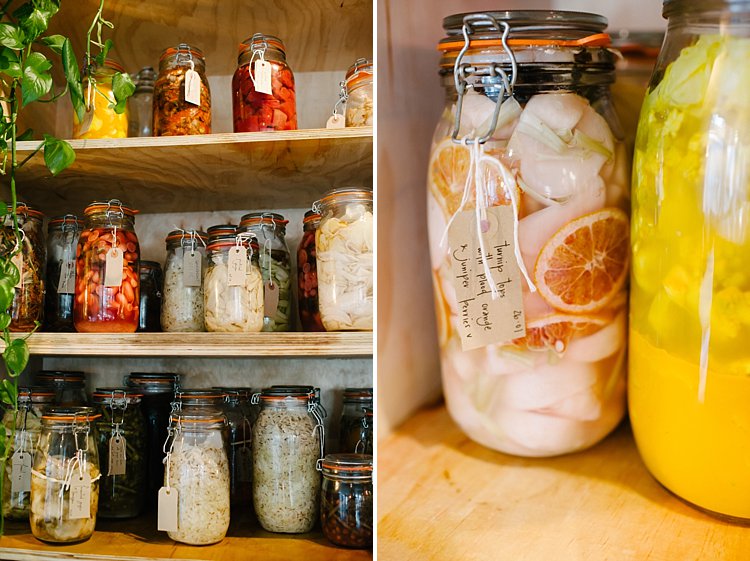

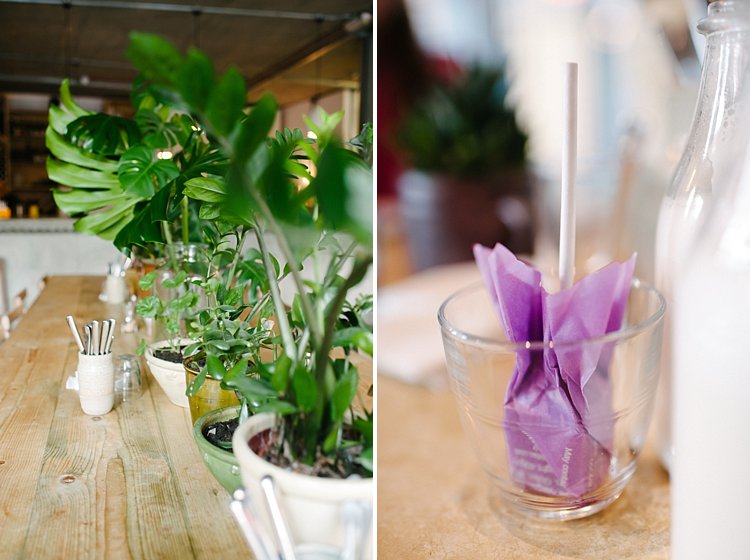

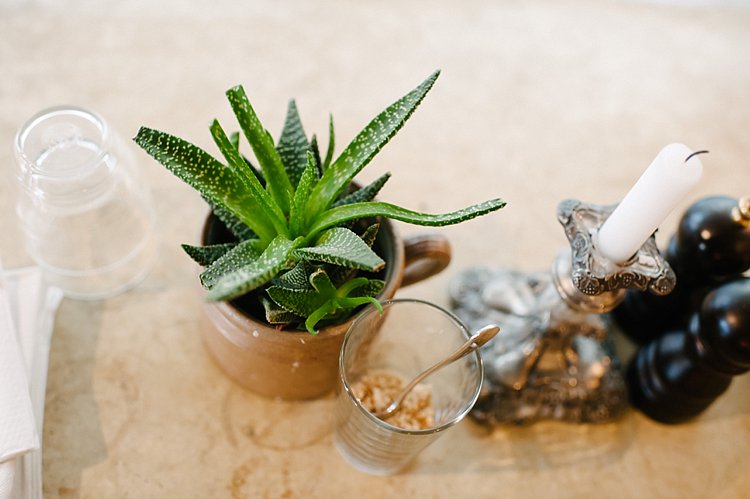

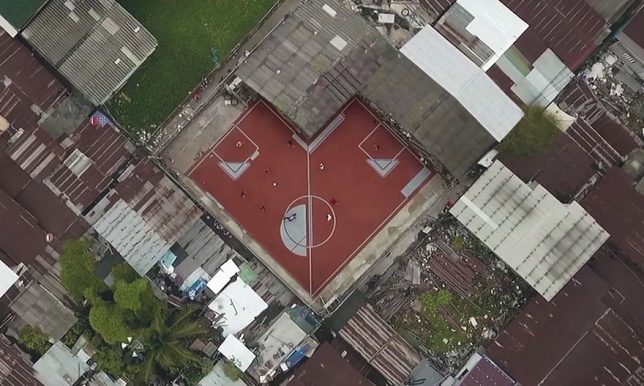
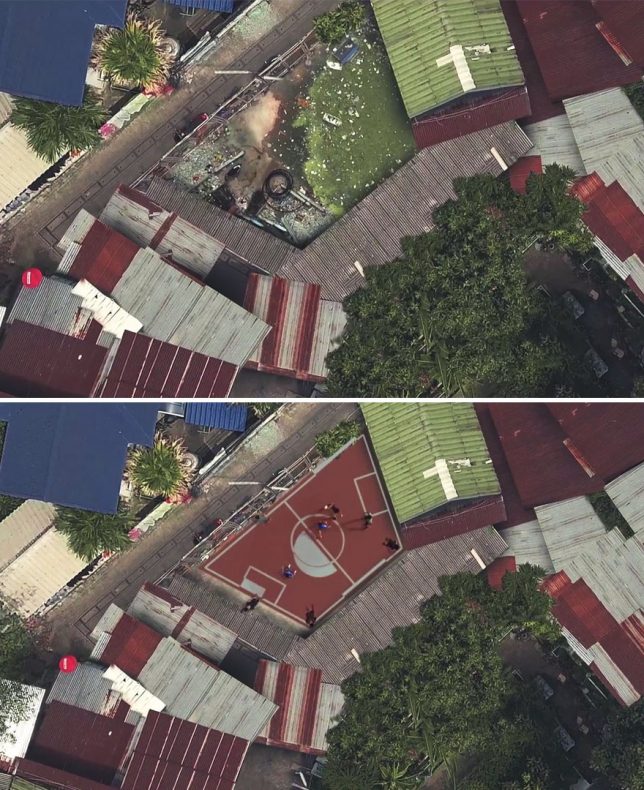
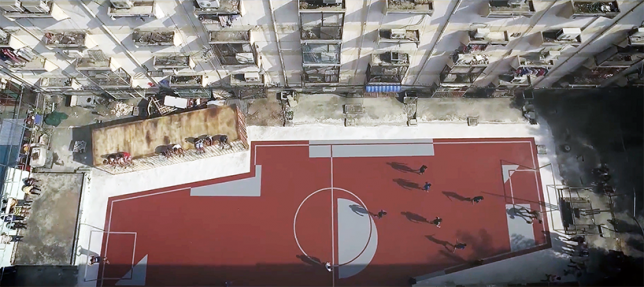
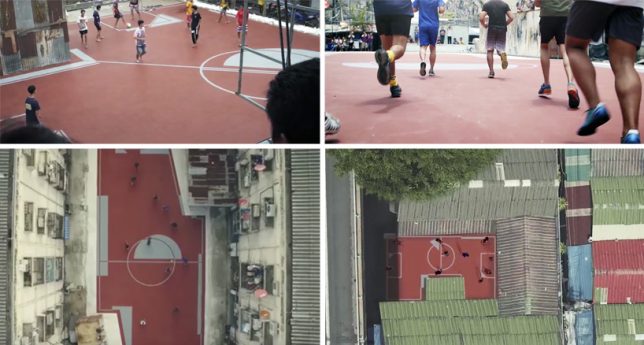
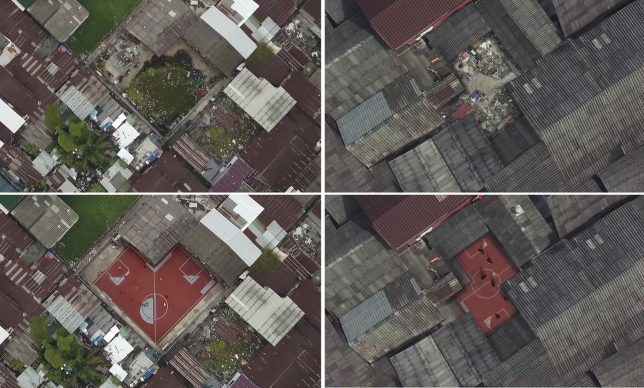
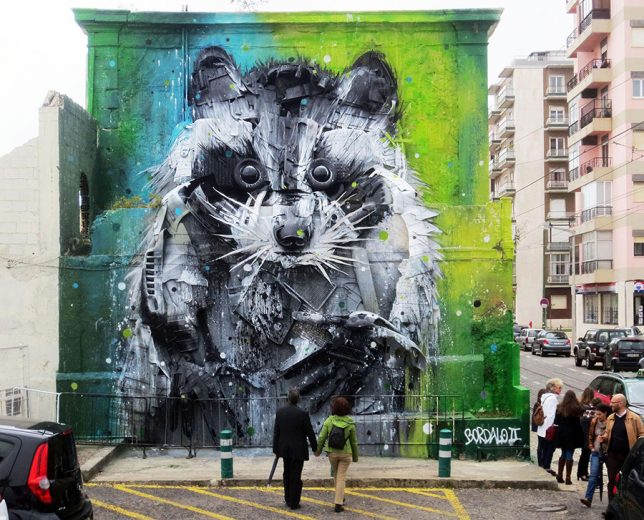
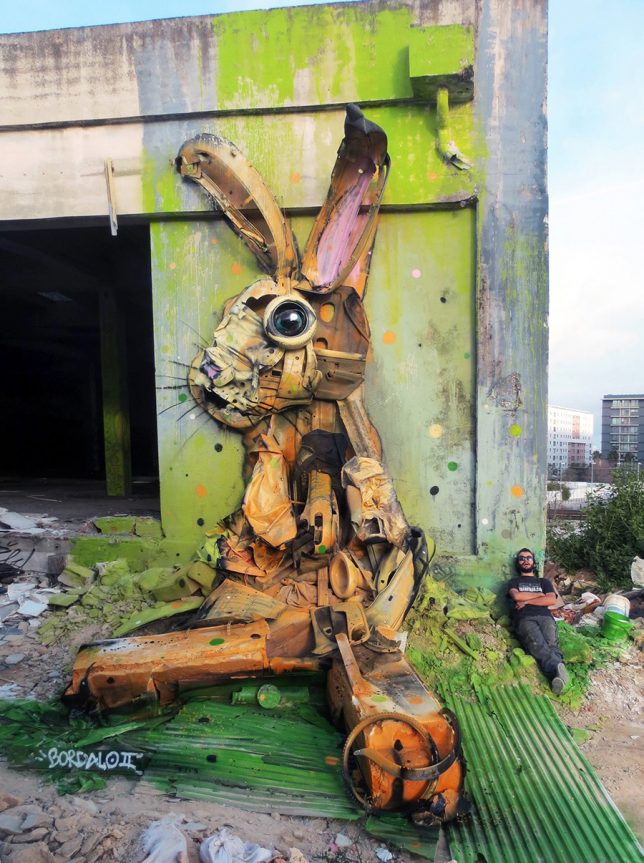
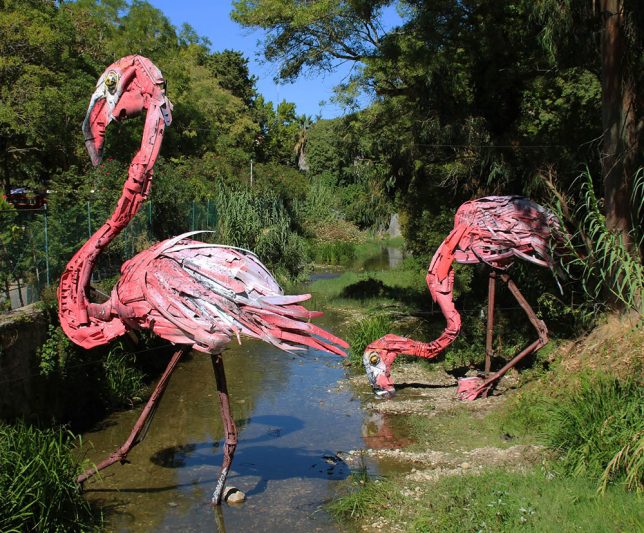
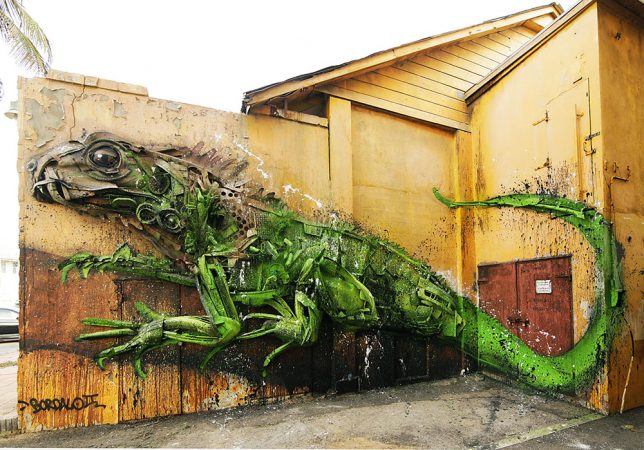

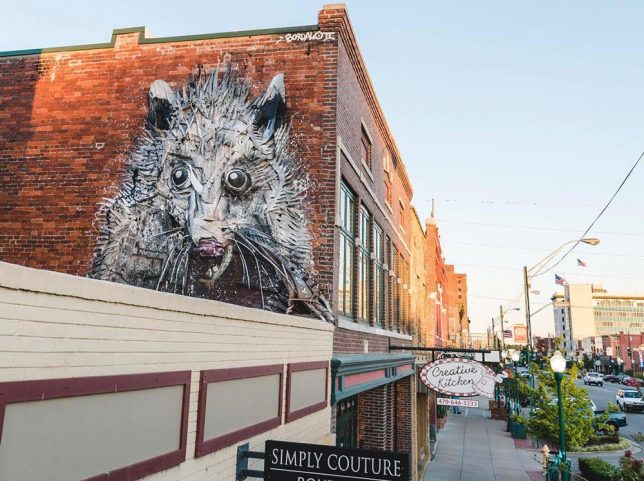
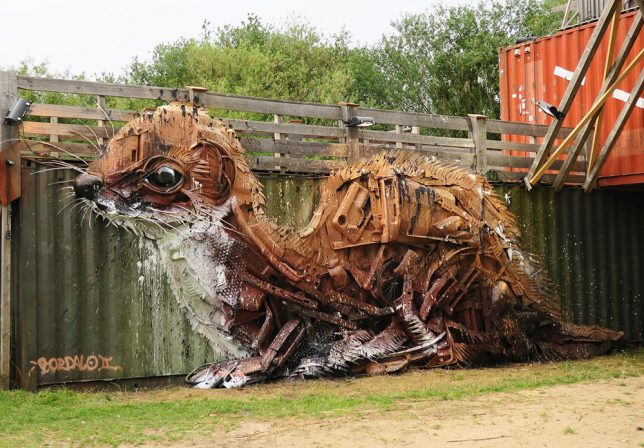

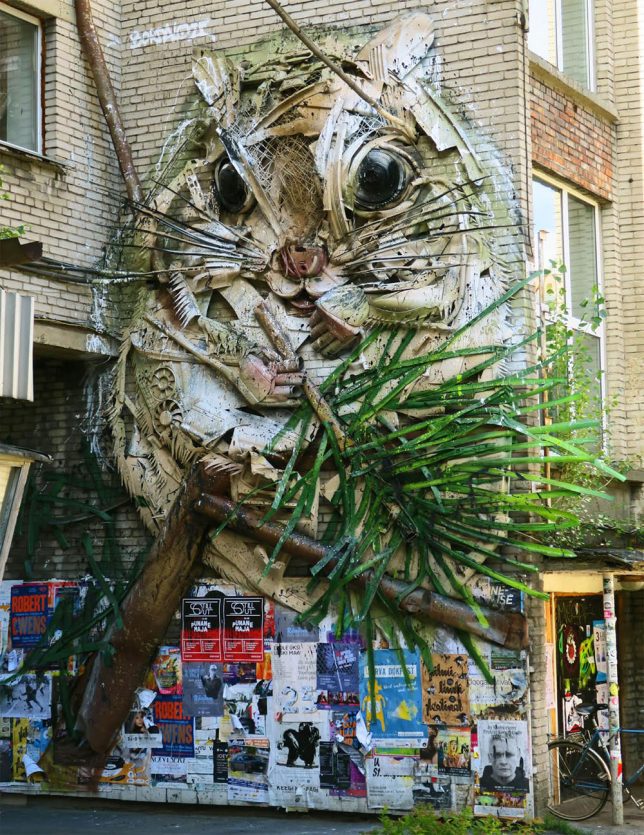
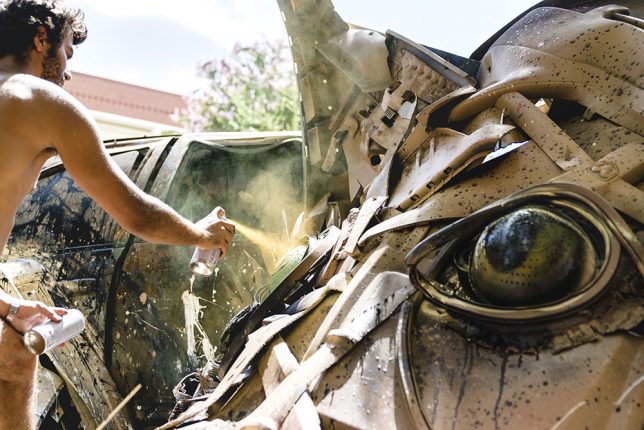
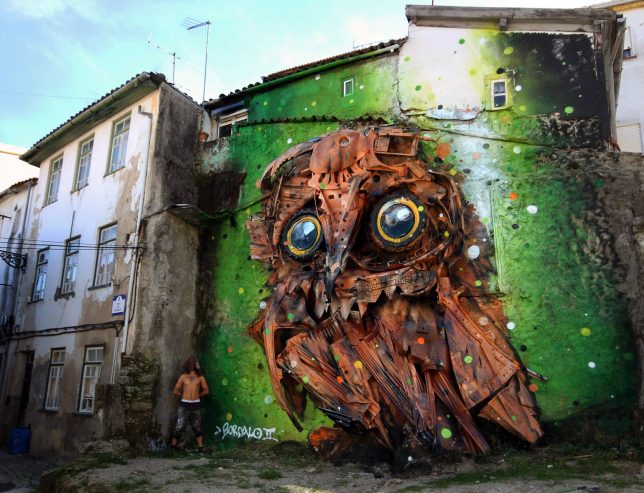
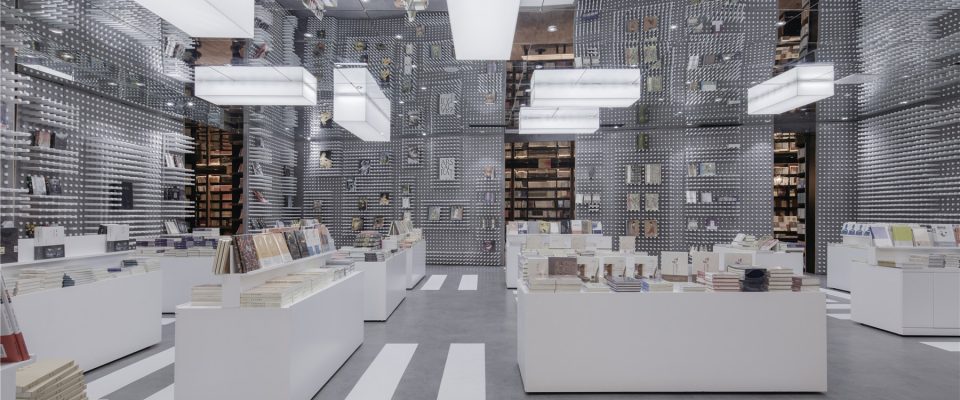
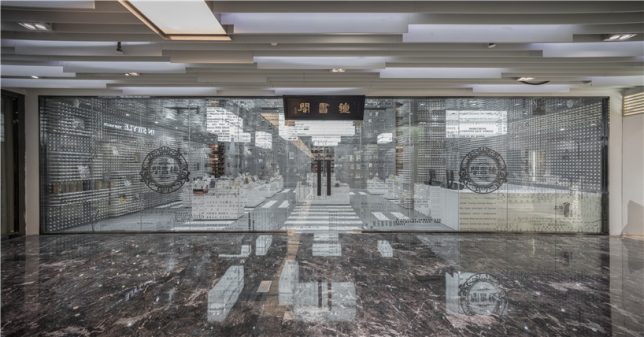
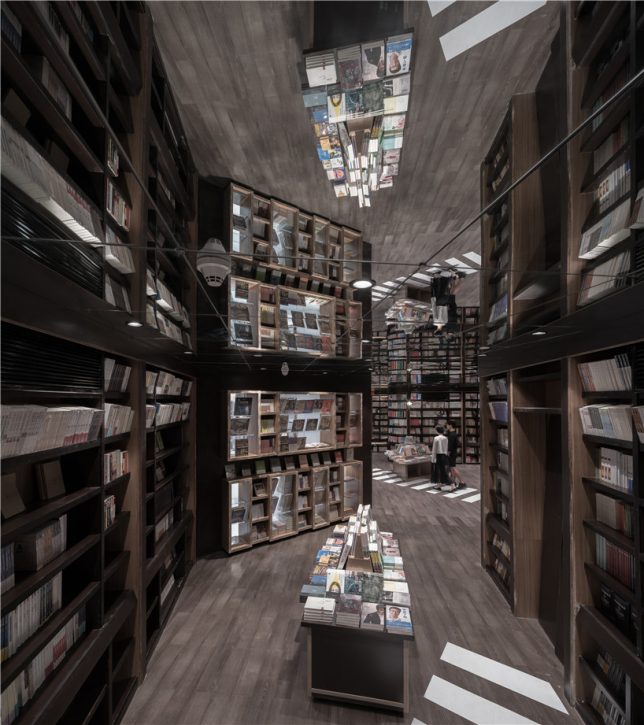
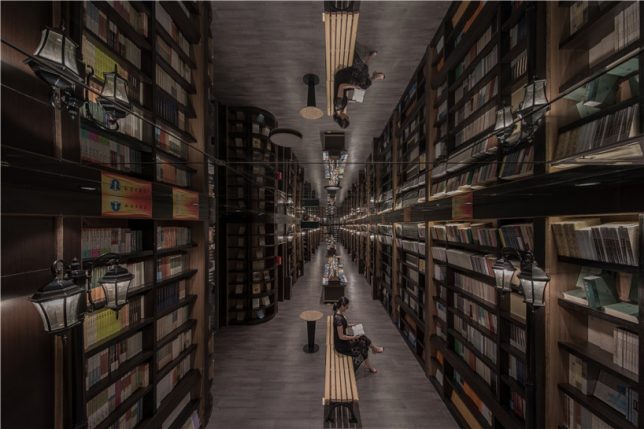
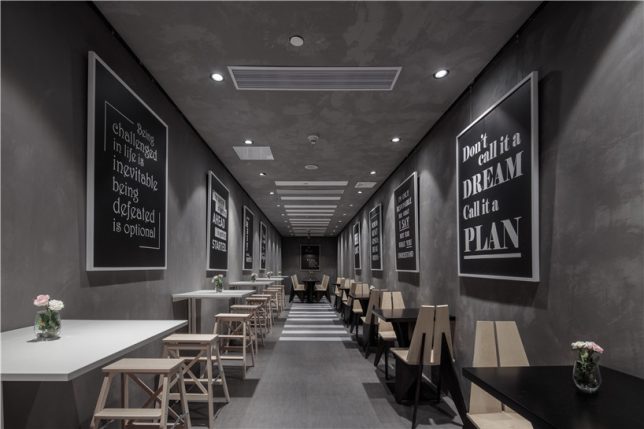
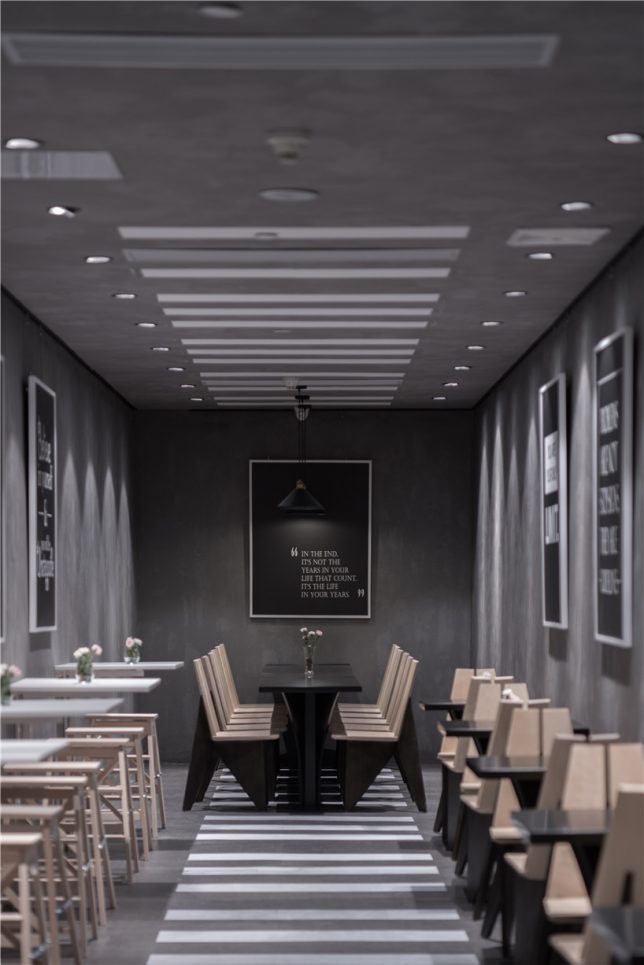

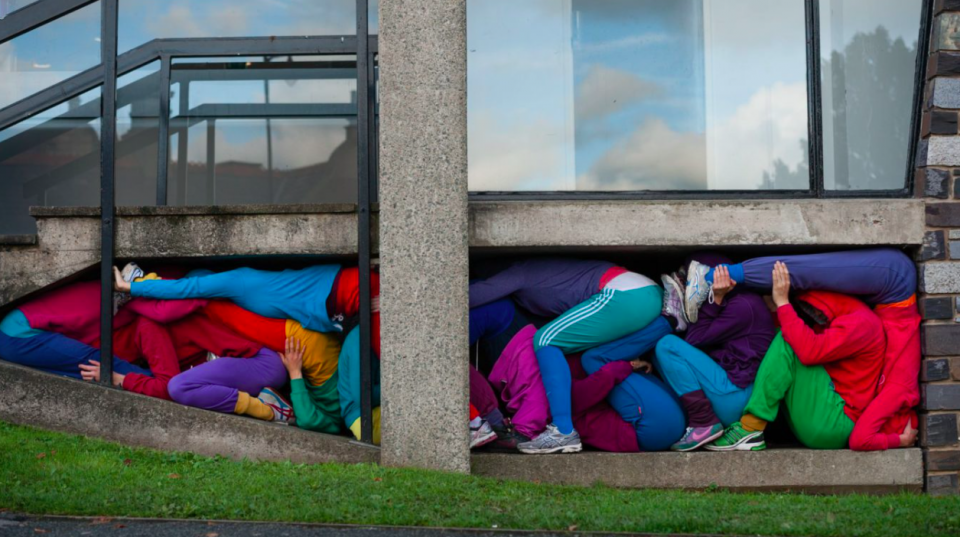
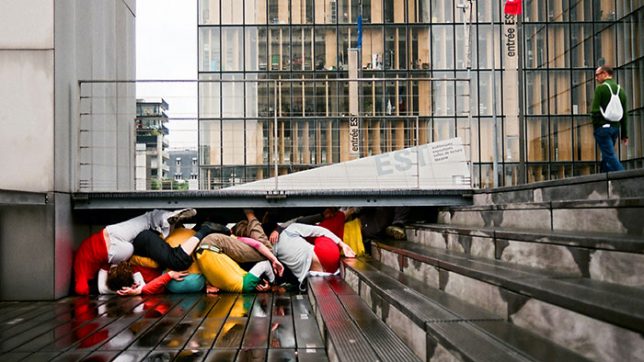

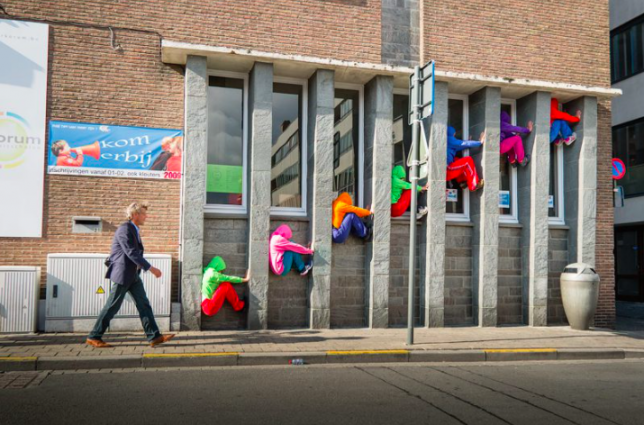
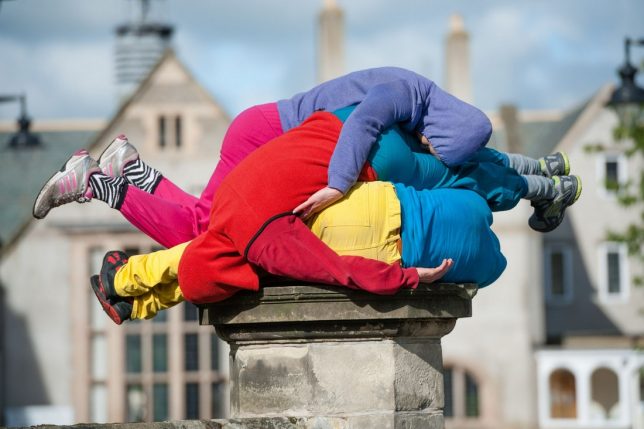
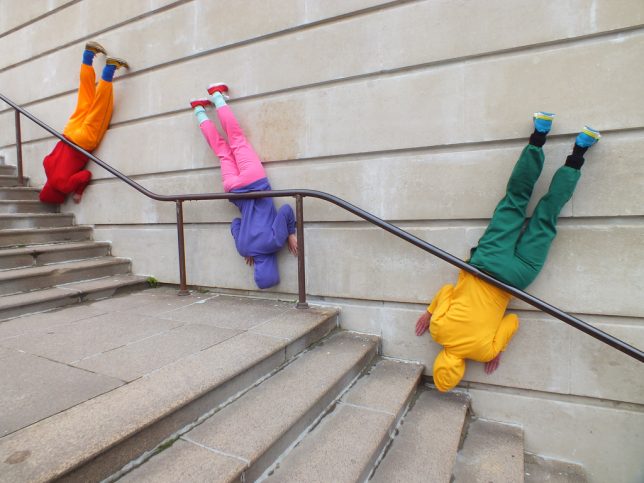
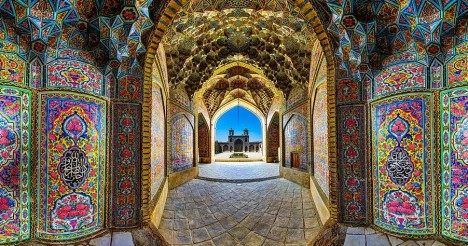
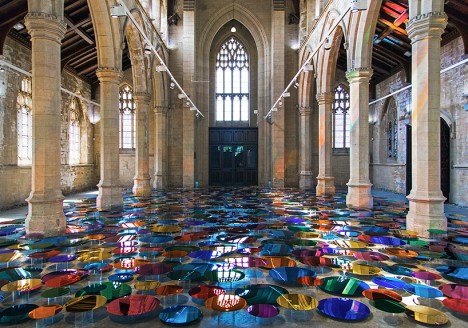
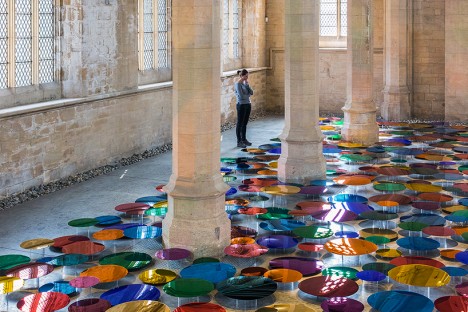

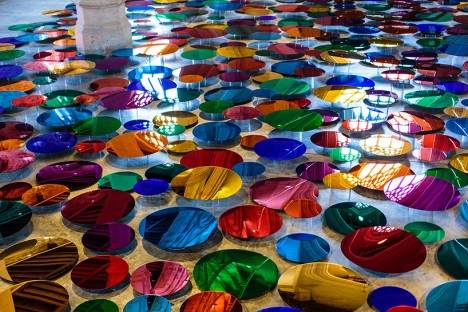
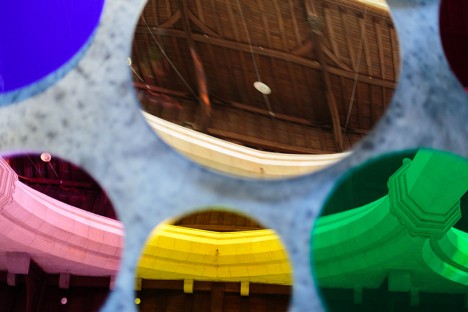
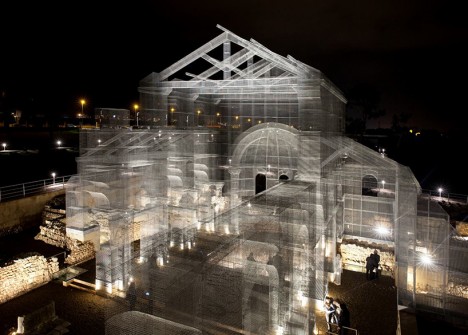
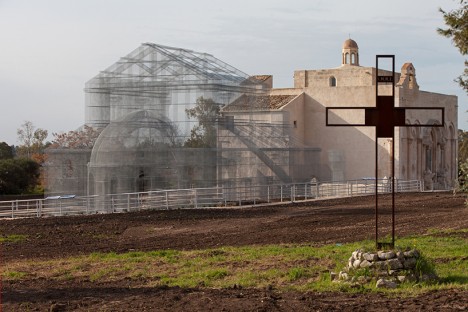
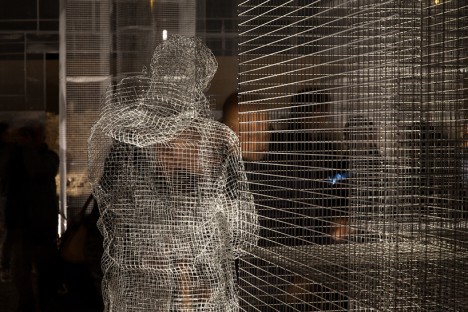
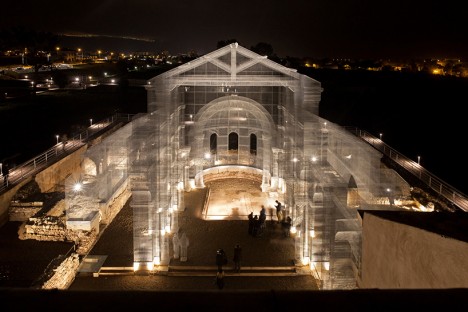
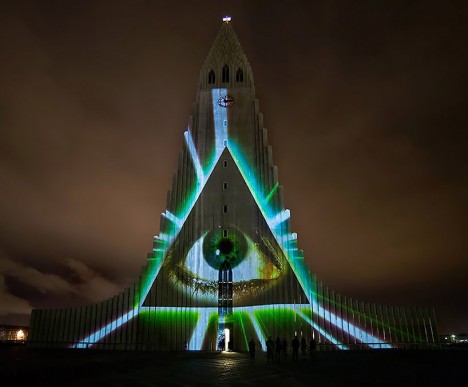
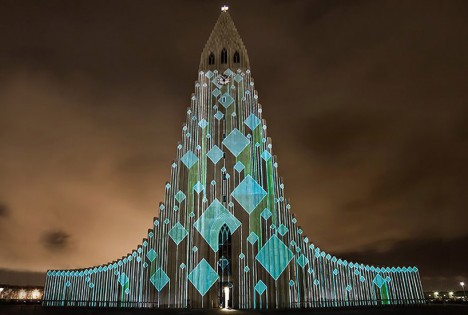
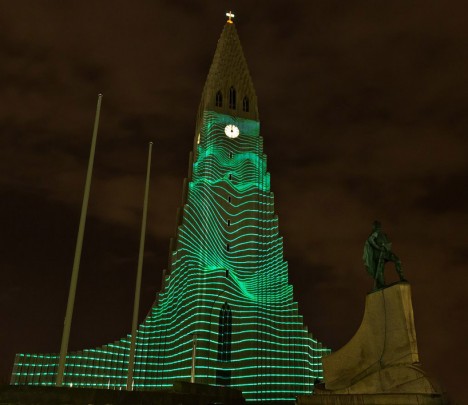
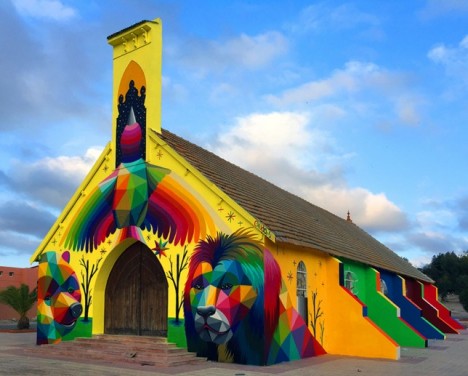
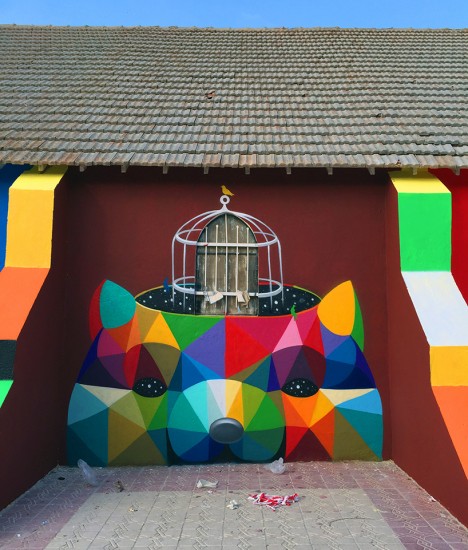
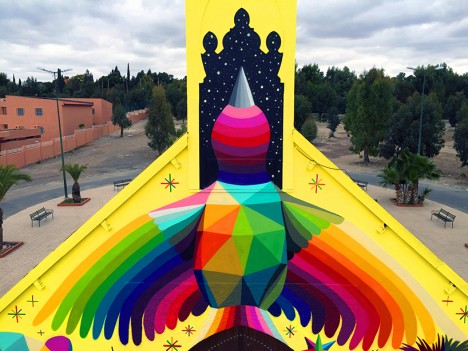
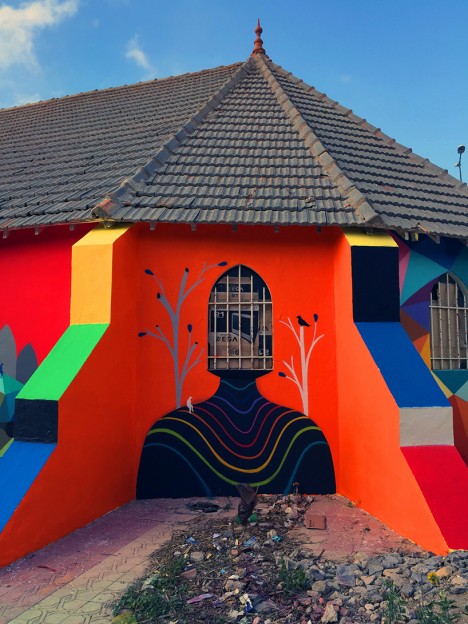
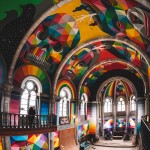
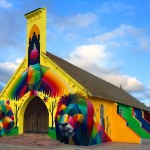
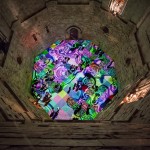




You must be logged in to post a comment.